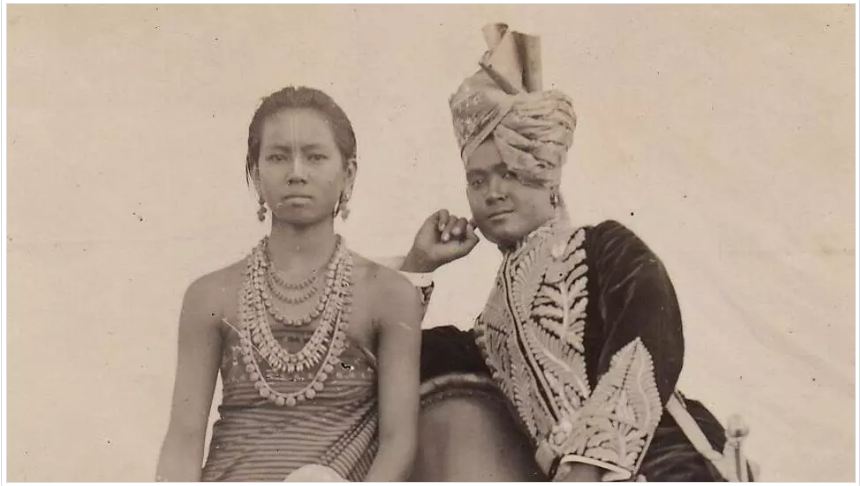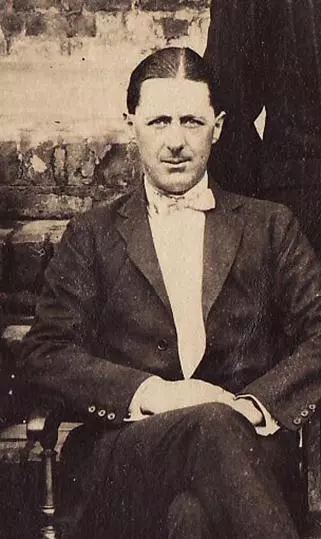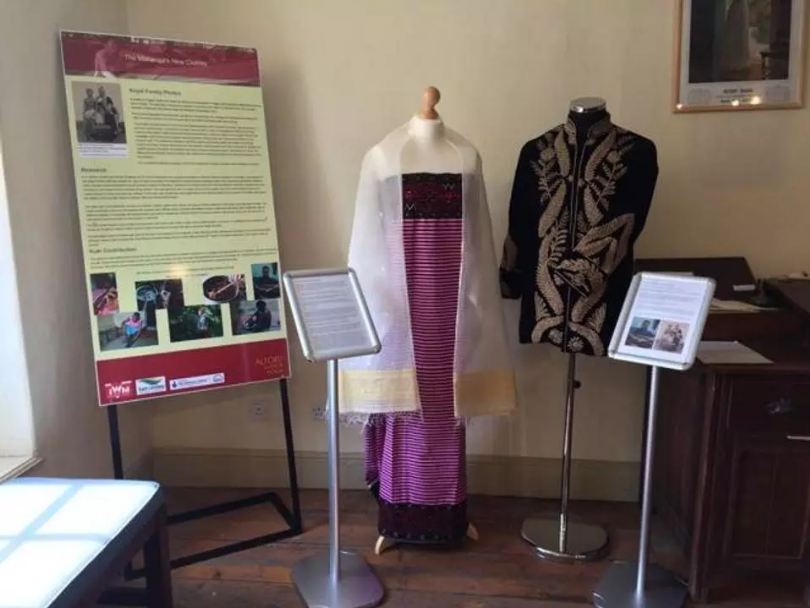Mayor Richard Quantrell recalled the history when 2,000 men from Manipur were recruited in May 1917 to be deployed in France. Many died on the way to Italy and later in France; graves have been discovered in France, Italy, Egypt and Yemen.

A century after the controversial ICS officer John Comyn Higgins raised the Manipur Labour Corps to help France during World War I, his little-known market town of Alford in Lincolnshire is paying tributes to the men and its links with the north-eastern state.
Alford mayor Richard Quantrell recalled the history when 2,000 men from Manipur were recruited in May 1917 to be deployed in France. Many died on the way to Italy and later in France; graves have been discovered in France, Italy, Egypt and Yemen.

Prayers were said and a two-minute silence was observed in the commemoration in the local church this week attended by members of the British Legion and others. The Kohima War Cemetery’s evocative epitaph was read out: ‘When You Go Home, Tell Them Of Us And Say, For Your Tomorrow, We Gave Our Today.’
The exhibition includes carefully re-created royal clothes of the then Maharaja Churachand Singh and Maharani Dhanamanjuri Devi (‘phanek’ dress), and items related to the Kuki Uprising and experiences of men in the Manipur Labour Corps.
A town with less than 3,500 residents, Alford, 141 miles north-east of London, was the home of Higgins, who qualified for the Indian Civil Service in 1905, and worked in Manipur from 1910 to 1933 as the political agent and president of the Manipur State Darbar, among other roles.

Higgins is known in Manipur for his role in suppressing the two-year Kuki Uprising from 1917, which saw tribes fiercely battling British forces and the latter burning several villages during the clashes. He and his family also developed close links with the royal family.
For over 150 years, Higgins and his family lived in the most famous house in town, the Alford Manor House, built in 1611. Turned into a museum since 1967, the trust running it has put together the exhibition that runs until December.
Sarah Teesdale, researcher and trustee of the Alford Manor House Museum, told Hindustan Times: “It has been an important element for me from the beginning to depict both sides of the conflict. Higgins’ involvement in the suppression of the Kuki Uprising and recruitment for the labour corps provides a completely different focus for our exhibition”.
“The Kuki Uprising section is compiled from Higgins’ diaries and British records. The work of (author) Radhika Singha includes comments from missionaries regarding British brutality, which are included. We have also received the doctoral thesis of Seilen Haokip which relates to this and he has kindly given us permission to use it as a reference for the public to ensure a rounded view is available”.
The Kuki Uprising had its roots in British efforts to enlist the support of men, material and munitions from colonies at the outbreak of the First World War in 1914. Maharaja Churachand Singh of Manipur was prepared to extend such support.
Manipur’s contribution included one double company of infantry, four ambulances to the St John’s Red Cross Fund, 2,81,860 rupees, a company of 120 sappers and miners as well as 500 Naga labourers.
The Maharaja sought to raise two additional labour corps for France. As the war progressed and men were desperately needed, Higgins was directly involved in the recruitment of tribal men from the hills in the Manipur Labour Corps.
The pressure for more men led to the Kuki Uprising and Higgins became further involved in the suppression of what the British termed a rebellion from 1917 to 1919.
Source: Hindustan Times


